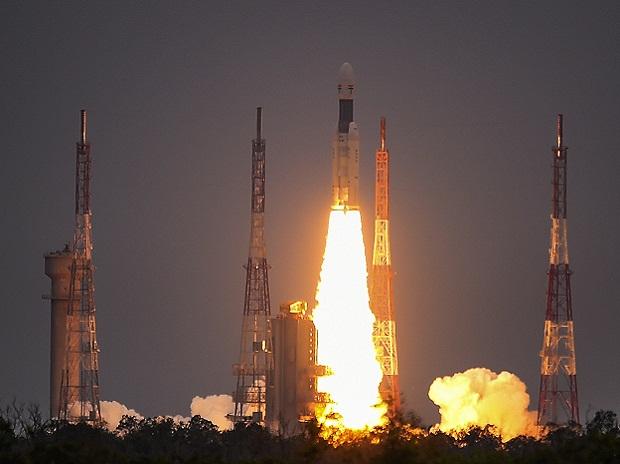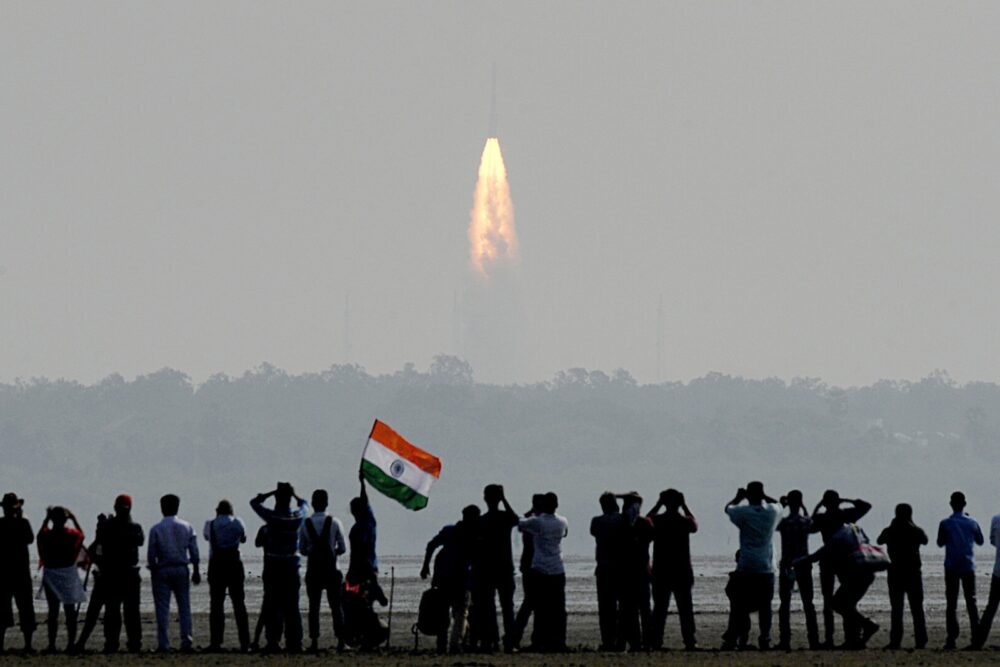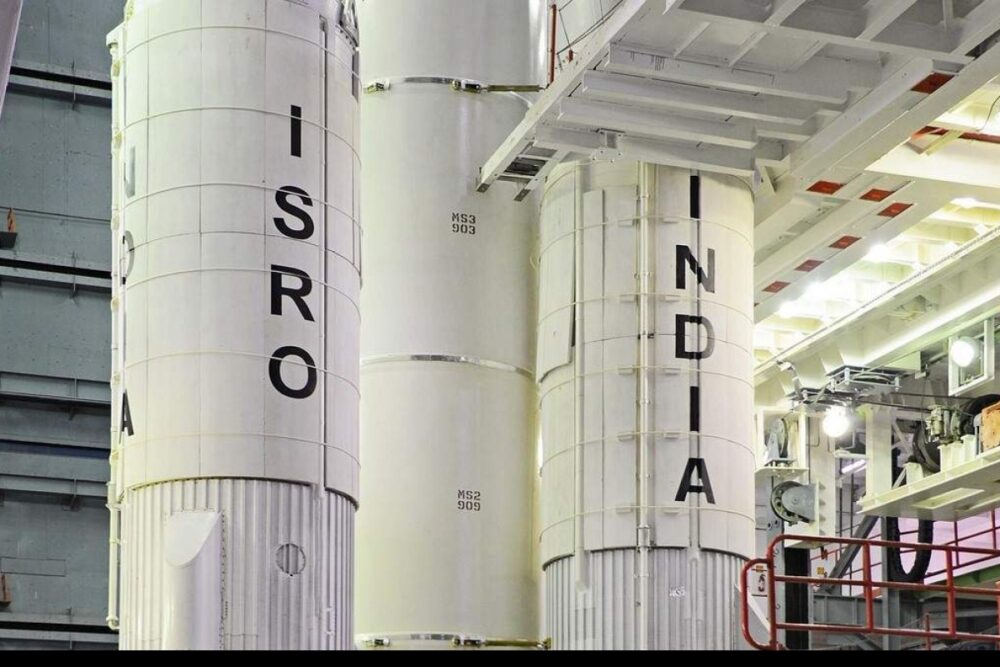With a vision of development and growth in the nation’s science and Technology field. Replacing the Indian National Committee for Space Research (INCOSPAR), the Indian Space Research Organization(ISRO) formed in 1969 by India’s first Prime Minister Pt. Jawaharlal Nehru and scientist Vikram Sarabhai.
Vikram A. Sarabhai is also known as the founding father of ISRO. He was a man with a remarkable combination of scientist, innovator, industrialist, and visionary.

Six years later, in 1975, ISRO under the Space Department (DOS) launched its first satellite, called Aryabhata, named in homage to an ancient Indian astronomer. It was sent into orbit aboard a Soviet rocket and conducted experiments in X-ray astronomy and solar physics. Though, it lapsed to function after only a few days in space.
ISRO, spirited of progress. It is one of the largest and most successful space agencies in the world.
It has never looked back and has blessed India with spectacular appreciations on the global level.
Let’s take a short ride of ISRO’s achievements:
On 18 July 1980, Rohini, the first satellite launched in space by an Indian-made launch vehicle.
ISRO has rolled out many space systems for telecommunications, meteorology, disaster warning, television broadcasting, and Indian Remote Sensing (IRS) satellites, along with the Indian National Satellite System (INSAT) to track and check resources.

SARAL satellite was launched in 2013. It’s a joint Indian-French mission that measures ocean wave heights.
The Indian Space Research Organization has successfully launched the GSAT-29 satellite. It is India’s heaviest satellite, which was launched from Sriharikota. It is boosted by two powerful strap-on solid rocket motors, around 143-foot-tall (43.5-meter) Geosynchronous Satellite Launch Vehicle Mk.3 (GSLV Mk.3). GSAT-29 carries Ka and Ku band high. It was intended to fulfil the communication requirements of users, including in the North East and Jammu and Kashmir.
ISRO has developed three other rockets: The Polar Satellite Launch Vehicle (PSLV) for placing satellites into polar orbit, the Geostationary Space Launch Vehicle (GSLV) putting satellites into geostationary orbit, and a heavy-lift version of the GSLV called the GSLV Mark III or LVM. Those rockets launched communications satellites and Earth-observation satellites as well as missions to the Moon (Chandrayaan-1, 2008; Chandrayaan-2, 2019) and Mars (Mars Orbiter Mission, 2013).
The road ahead, ISRO with PSLV is set with a plan for the first quarter of 2021. With a launch of commercial satellite Brazil’s Amazonia-1 satellite. It will help in monitoring and observing the earth. Especially, designed in the call of deforestation in Amazon region along with three Indian satellites.
Also Checkout: Top 5 book recommendations by Barack Obama
















